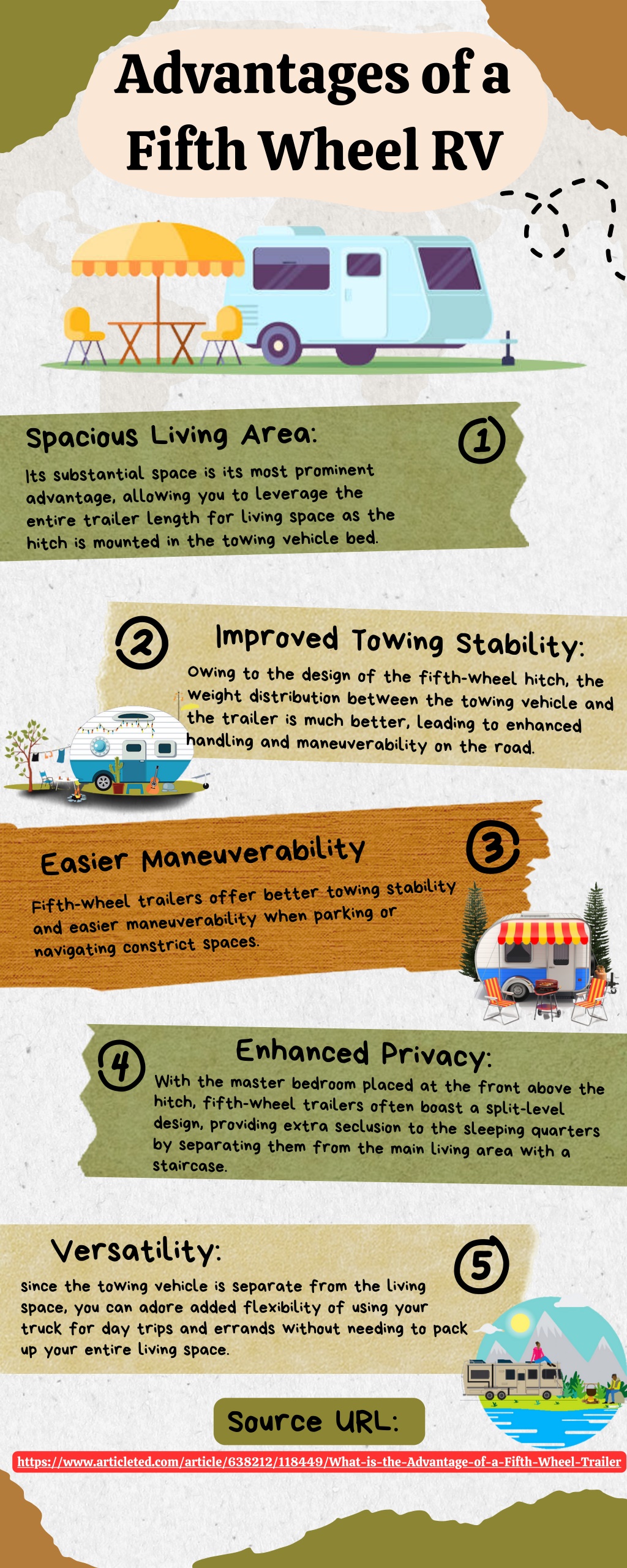

Notice that the title on other slides is changed even though I have only done a single work.Īgain, there are tons of things you can do beyond just replacing a font style. After you are finished, go to View and click Normal to return.ħ. For example, I’m changing the font slide title.Ħ. You can modify the mother or children slide. While the children slides in green are specific to their respective slide types.ĥ.

The first slide is the master or mother slide in blue which contains the general look of the slide. In this example, I want to change the slide title font to something else.Ĥ. I hope you understand the concept by now because in the next chapter, you will see it in action. There are many other things you could do with Slide Master, from changing the text size to adding or removing elements, modifying the footer, and much more. This is extremely useful to keep the look of the presentation consistent and connected. In simple terms, Slide Master is a basic framework that controls how each slide is going to look like.įor instance, you can put a logo on a master slide and all the inherited slides would also see the same logo. One example that I have covered before is using it to add a watermarkwhich is something that PowerPoint isn’t natively come with.įollow along for more details. That’s why you need a better system that will ensure most visual elements across slides wouldn’t appear disjointed.Įnter, Slide Master - a PowerPoint feature that can do just that. But, do you have the time manually check dozens of slides? If you cared so much about the consistency of your presentation, then making sure each slide is on par with your expectation is a must. If you want to save this as a template to reuse again, click File > Save as Template, type a file name, and click Save.Sometimes, a PowerPoint document is packed with lots of slides which can vary in terms of style. To add text that will appear as a footer at the bottom of all of the pages in your presentation, on the Slide Master tab, click Slide Size > Page Setup > Header/Footer.Īfter you make your changes, on the Slide Master tab, click Close Master. Under Orientation, click the orientation you want. To set the page orientation for all of the slides in your presentation, on the Slide Master tab, click Slide Size > Page Setup. To apply a design or theme-based colors, fonts, effects and backgrounds, see Create your own theme in PowerPoint.
:max_bytes(150000):strip_icc()/using-the-slide-master-powerpoint-R7-5c26353946e0fb00011f48ea.jpg)
To remove any of the built-in slide layouts that accompany the default slide master, in the slide thumbnail pane, click each slide layout that you want to delete, and then on the Slide Master tab, click Delete. To create one or more custom layouts or to modify existing layouts, see Apply or change a slide layout. Note: In the slide thumbnail pane, the slide master is the larger slide image, and the associated layouts are positioned beneath the slide master.


 0 kommentar(er)
0 kommentar(er)
